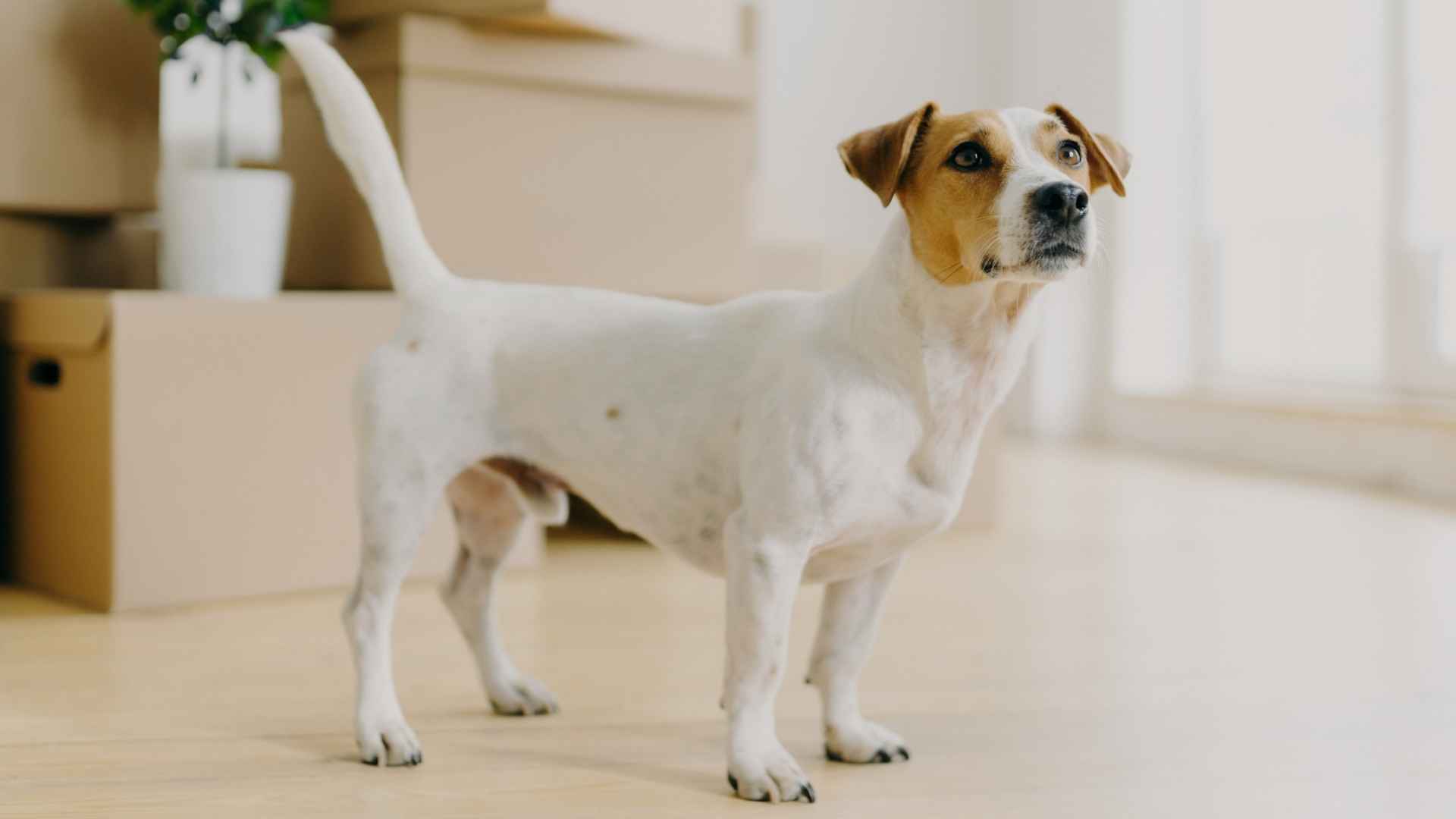Some dogs seem born with a passport in paw. Whether it’s a cross-country move, a new apartment, or a fresh daily routine, certain breeds just go with the flow. They’re flexible, resilient, and curious—traits that make all the difference during life transitions.
Others aren’t quite as thrilled by change. Breeds with strong herding instincts or high sensitivity can struggle when their environment shifts. These dogs often thrive on consistency and may take longer to adjust when their usual rhythm is disrupted.
Still, all dogs benefit from routine. Mealtimes, playtime, and regular training build trust and security, especially in new surroundings. Early structure helps prevent separation anxiety and sets the tone for a confident, well-adjusted pet.
That said, some breeds bounce back faster than others. Whether it’s their temperament, intelligence, or lifelong loyalty, the following dogs are known to handle change better than most. A new home? New people? No problem.
If you’re planning a move or expecting life to shift soon, these adaptable companions are ready to roll right along with you.
Dog Breeds that Handle Relocation Well
1. Labrador Retriever
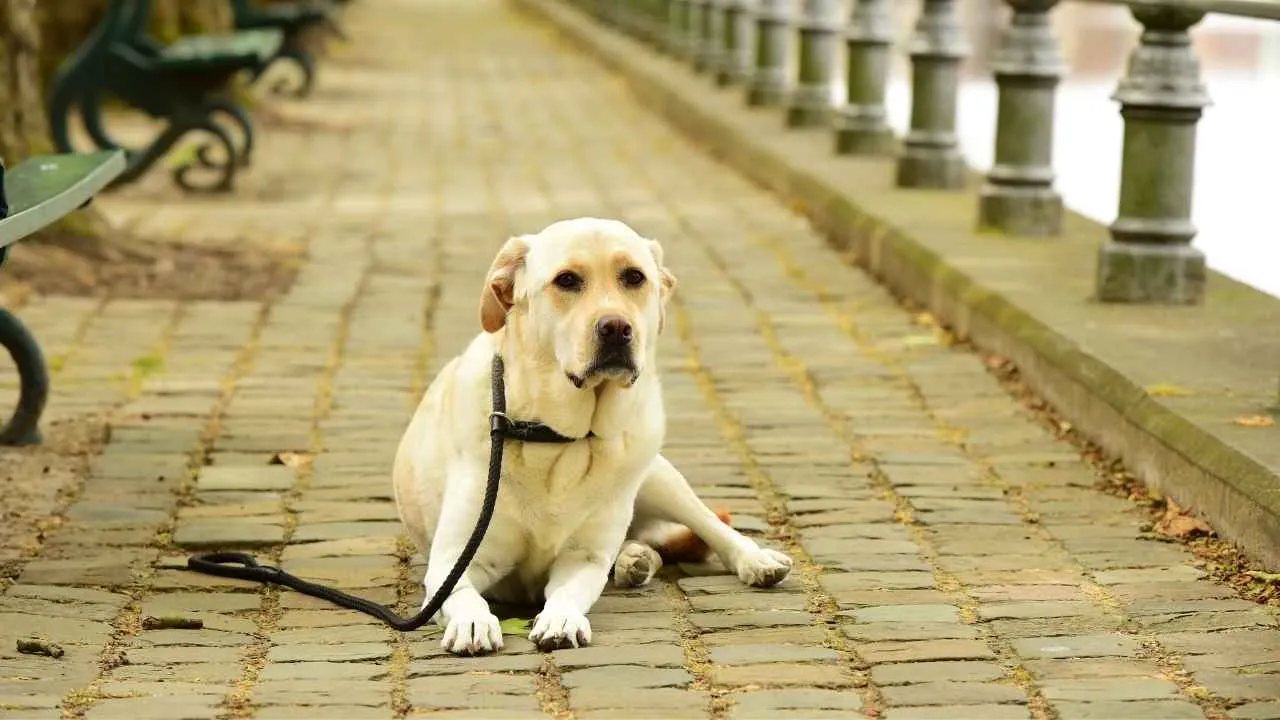
Key traits: Medium–large size, friendly temperament, 10–12 year lifespan
Labrador Retrievers adjust quickly to new homes, family dynamics, and routines. They’re famously outgoing and tend to approach new people or places with curiosity rather than caution. Whether it’s a noisy city block or a quiet rural town, a Lab fits in easily.
According to the AKC, these dogs are natural learners with a strong desire to please. That makes them easy to train and quick to grasp new commands, handy when you’re setting new routines after a move. They’re equally comfortable with kids, other pets, or strangers on the street.
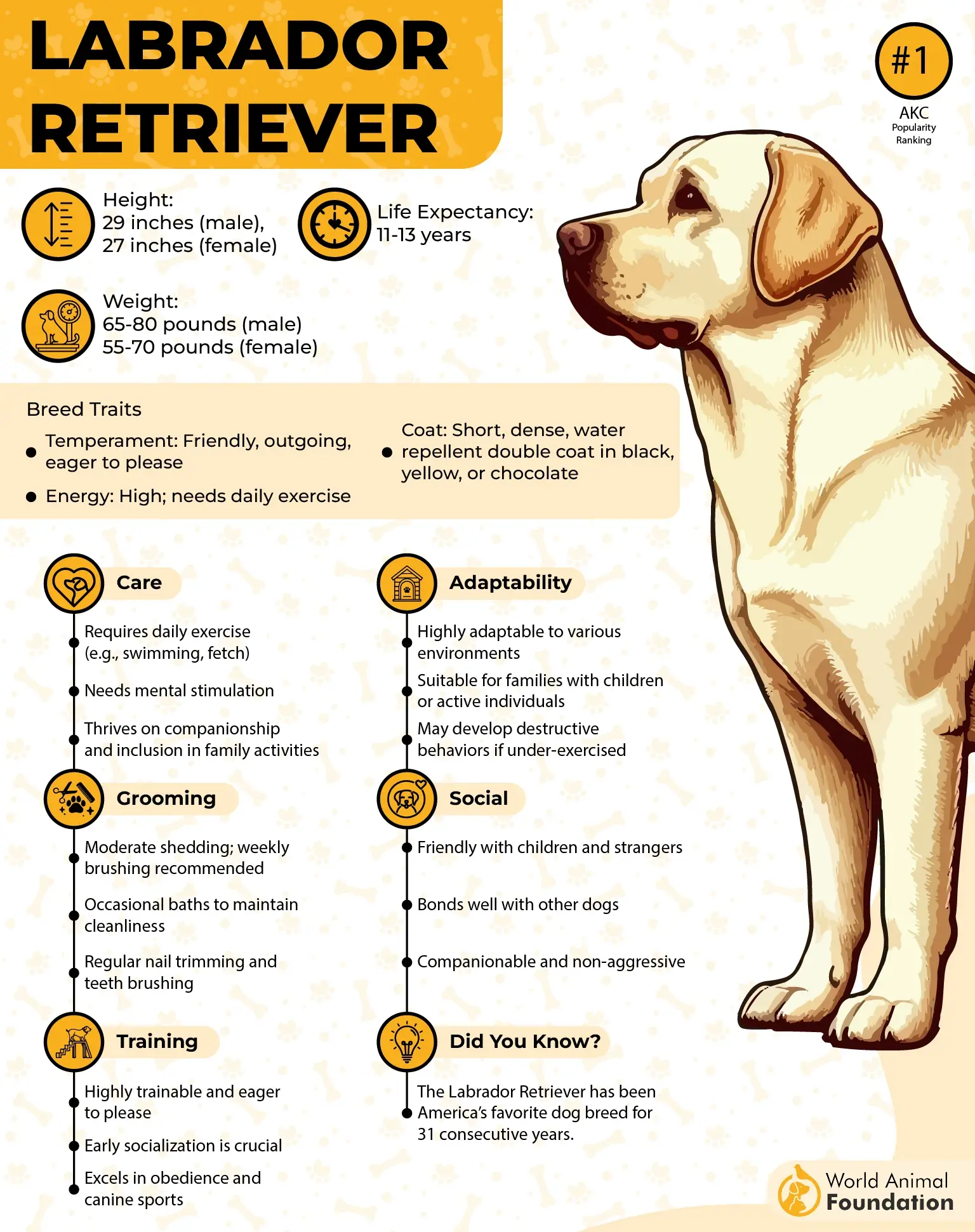
Labs love activity, but they aren’t overly demanding. A walk, a swim, or a game of fetch usually does the trick. This balanced energy makes them ideal for households with changing schedules or environments.
They’re also emotionally resilient. A Lab won’t sulk for days over a missed walk or a new living room layout. As long as they have human companionship and something to do, they’ll adjust with ease.
It’s no surprise they’re a top choice for service dogs. That dependable temperament and ability to “roll with it” make Labs go-to companions for families, travelers, or anyone embracing change.
2. Poodle (Standard)
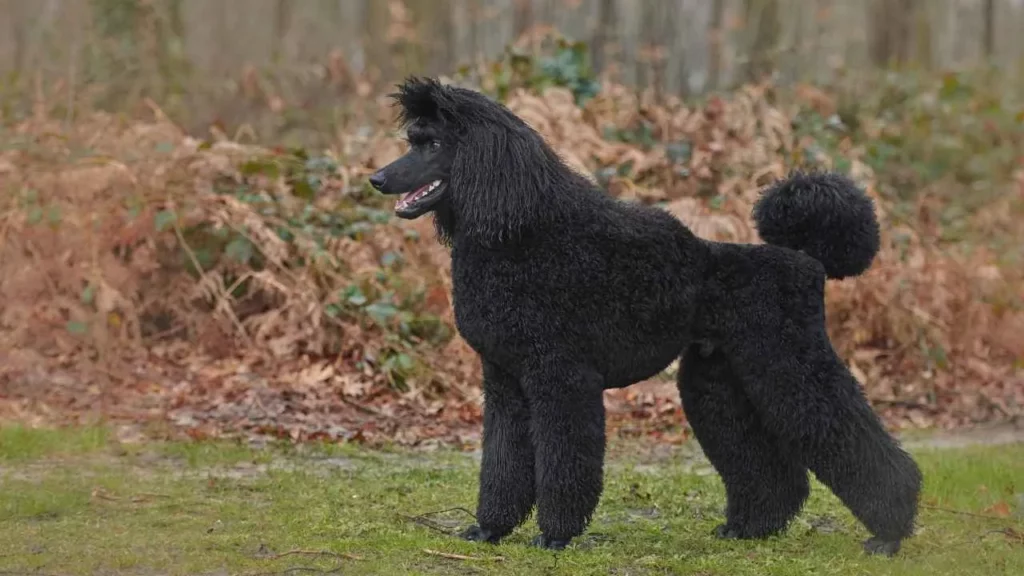
Key traits: Medium–large size, intelligent temperament, 12–15 year lifespan
Standard Poodles are smart, sensitive, and incredibly versatile. Their intelligence makes them fast learners, and they often seem one step ahead of the situation. New surroundings? They pick up on them quickly.
Their social instincts are strong. Poodles enjoy meeting new people and animals, and they adjust to unfamiliar environments with interest instead of anxiety. This openness makes travel or relocation far less stressful for them.
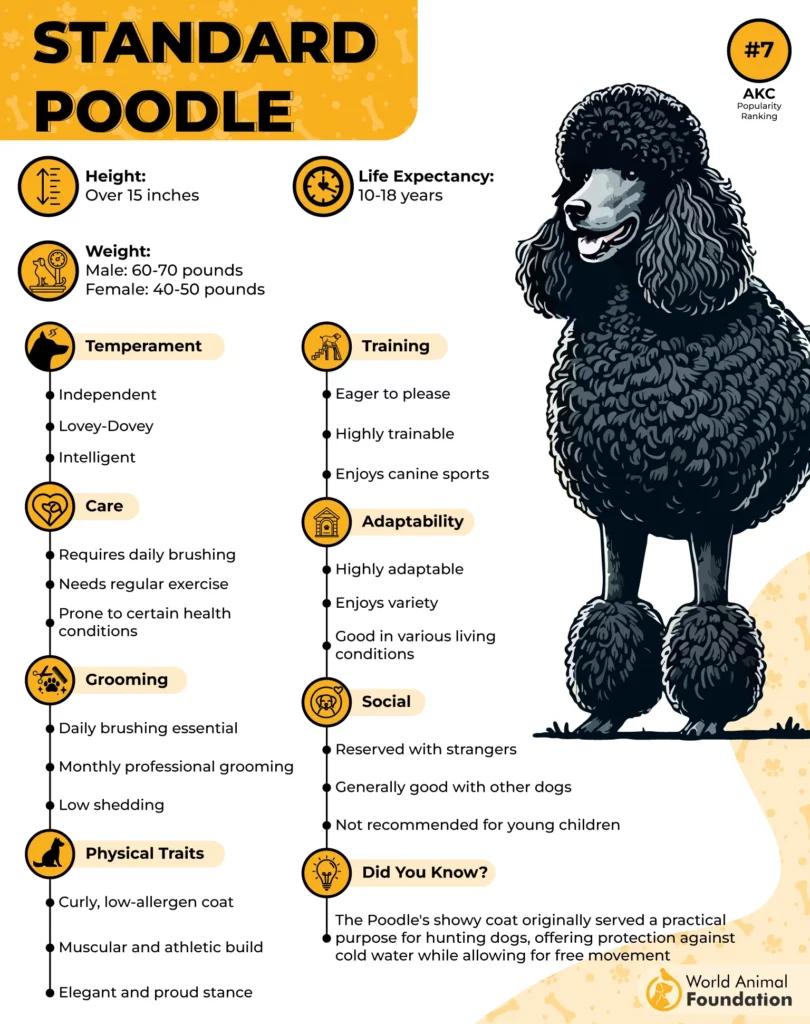
A major bonus? Their coat. Though it requires maintenance, the low-shedding, hypoallergenic curls make them easier to live with in small spaces or among people with allergies. Grooming routines are flexible once you find a rhythm.
These dogs are often game for anything, long walks, agility courses, couch cuddles, or apartment living. They can shift between roles as needed, which is a key strength in homes that evolve or move frequently.
3. Australian Shepherd

Key traits: Medium size, energetic temperament, 12–15 year lifespan
Australian Shepherds were bred to herd animals across wide, unpredictable landscapes, and that heritage shows up in how quickly they adapt to new settings or jobs.
These dogs crave engagement. Whether it’s a backyard, a hiking trail, or a city block, they make the most of it. Their ability to channel energy into focused activity helps them manage transitions with confidence.
They’re also deeply loyal, often forming strong bonds with one person or family. That connection gives them a steady emotional anchor during periods of upheaval or change.
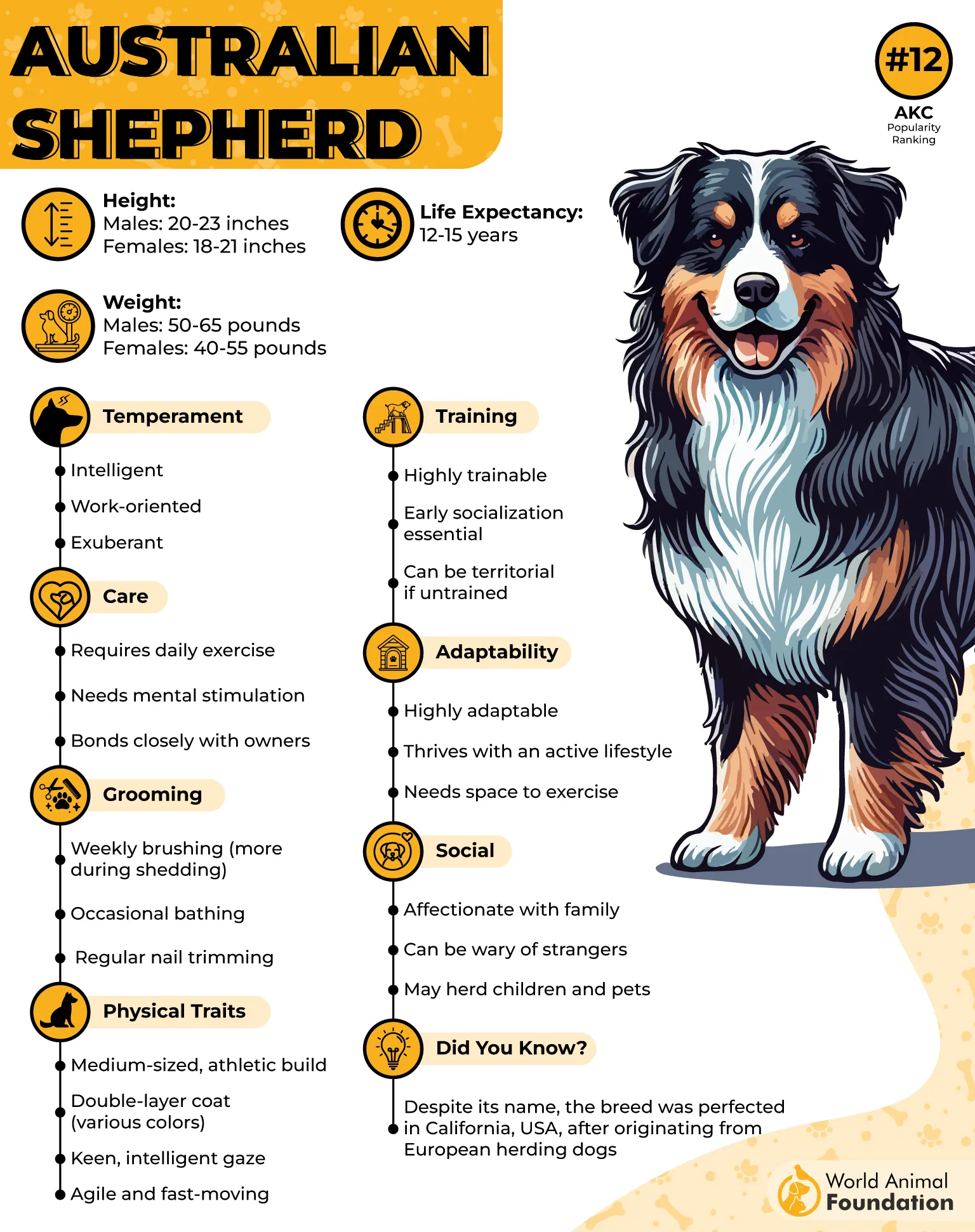
PetMD states that mental stimulation is a must. Aussies enjoy learning tricks, solving puzzles, and staying on their toes, making them great candidates for households that like variety and motion in daily life.
An Aussie doesn’t just accept change; they often thrive in it. Their agility, both physical and mental, makes them standout companions for the on-the-move lifestyle.
4. Golden Retriever
Key traits: Large size, gentle temperament, 10–12 year lifespan
Golden Retrievers are the poster dogs for friendliness and flexibility. They blend easily into new homes and routines, adapting quickly to families of all shapes and sizes. Big move or small change, they’ll likely greet it with a wag.
These dogs thrive on social connection. Whether it’s a new roommate or a neighborhood full of strange dogs, Goldens tend to assume everyone is a friend waiting to be made. Their confidence around people helps ease transitions of all kinds.
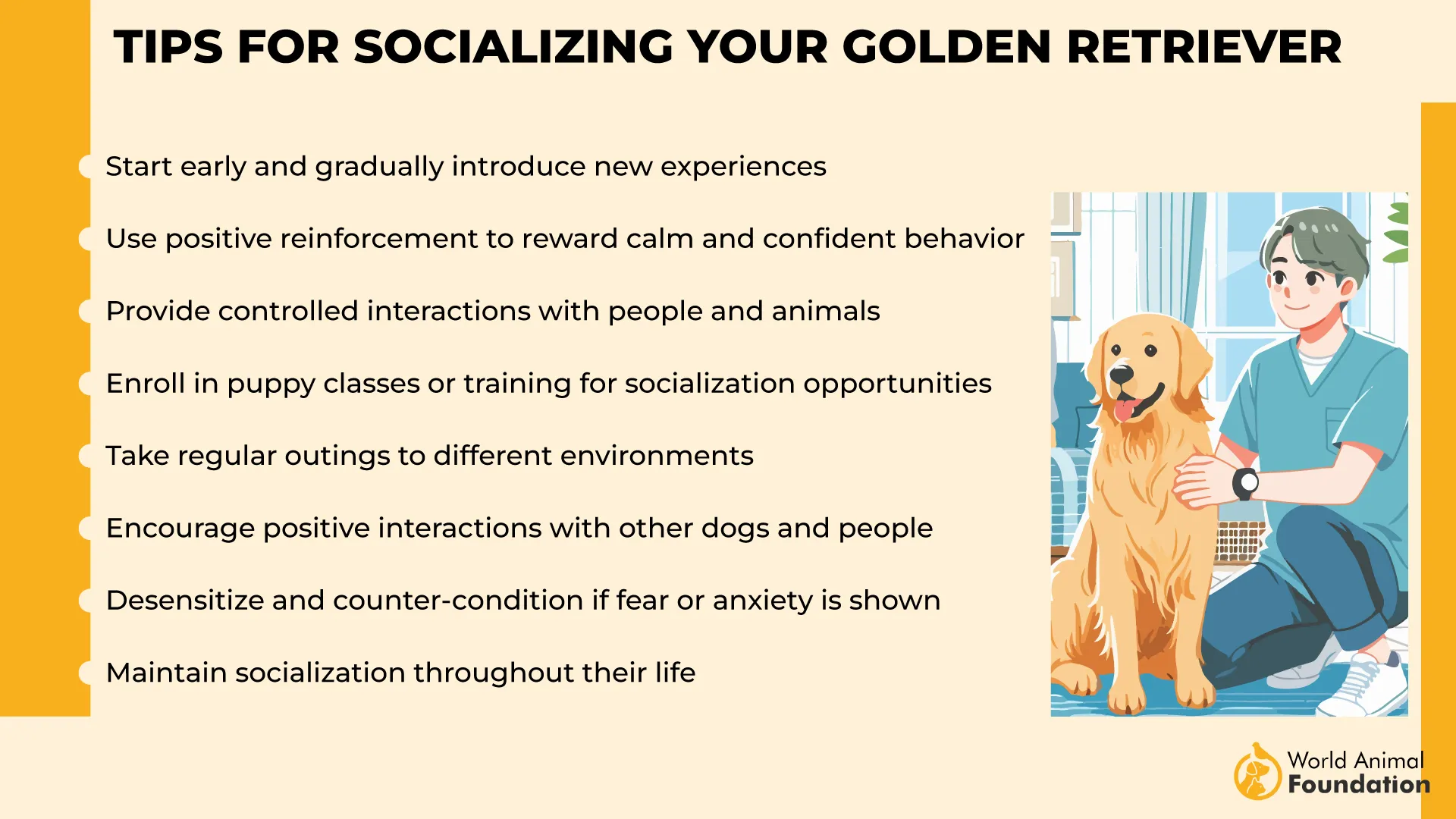
Goldens love activity, but they’re not pushy about it. A game of fetch, a short swim, or a walk around the block keeps them happy. They’re equally content lounging indoors, making them suited to both energetic households and quiet ones.
They’re also emotionally in tune with their humans. This sensitivity helps them read your mood and respond calmly during hectic or uncertain times. If you’re stressed, they’re often the first to curl up beside you without needing much direction.
With their cheerful, steady nature and low-drama approach to life, Golden Retrievers rarely get thrown off by a shake-up. They’ll go along with just about anything, as long as you’re going with them.
5. Boxer
Key traits: Medium–large size, spirited temperament, 10–12 year lifespan
Boxers are playful, expressive dogs who don’t shy away from new experiences. Their bold, clownish energy makes them naturally curious and ready to meet whatever the day throws at them. Whether it’s a new home or a different schedule, Boxers usually adjust with bounce.
Britannica states that they love people and hate being left out of the action. This social drive helps them feel grounded in unfamiliar environments, as long as their humans are near, they’ll find their footing. They’re especially great with kids and thrive in active families.
Boxers do need regular exercise to stay balanced, but they don’t require hours of work. A couple of play sessions and some interaction go a long way. This makes them surprisingly adaptable to both suburban backyards and apartment living.
They’re expressive communicators. You’ll know what your Boxer is thinking just by the look on their face or the wiggle in their stance. That emotional transparency can help owners manage transitions with fewer surprises.
Although high-spirited, Boxers are also emotionally resilient. Their happy-go-lucky nature tends to buffer them from the stress of change, making them reliable companions for people whose lives aren’t set in stone.
6. Cavalier King Charles Spaniel
Key traits: Small size, affectionate temperament, 12–15 year lifespan
Cavaliers are the lapdogs of royalty, but they’re far from fussy. These gentle, affectionate dogs transition well between different types of households, big families, solo seniors, city apartments, or country cottages.
Their main priority is being near their people. If that need is met, the Cavaliers don’t mind the rest. They’re calm during car rides, comfortable in new homes, and surprisingly brave in unfamiliar surroundings.
Cavaliers are sociable and often the first to greet strangers with a tail wag. That friendly demeanor makes it easier for them to settle into new routines or meet new pets.
They enjoy short walks and cozy naps in equal measure. That mellow energy level means they adapt easily to a range of lifestyles, even ones with unexpected changes or slower routines.
Because they’re so people-oriented, Cavaliers find comfort in the consistency of companionship more than place. A move across the country or a new roommate won’t throw them, just don’t forget the belly rubs.
7. Shih Tzu
Key traits: Small size, calm temperament, 10–16 year lifespan
Shih Tzus may look like pampered lapdogs, but underneath all that fluff is a dog with a surprisingly resilient spirit. These little pups are comfortable in a variety of environments as long as they’re close to their humans.
Their easygoing nature helps them take new situations in stride. Whether you’re moving apartments or changing your daily routine, Shih Tzus tend to observe, adapt, and settle in without much fuss.
They’re not overly dependent on outdoor exercise. A few short walks and some indoor play are usually enough. This lower energy requirement makes them ideal for families with shifting schedules or limited space.
Despite their royal heritage, Shih Tzus are friendly with strangers and other pets. They don’t tend to be anxious or reactive, which can be a huge plus during travel, relocations, or periods of change.
Shih Tzus are happiest when they’re part of the scene, any scene. Their low-drama attitude and love of close companionship make them great sidekicks for homes that evolve over time.
Conclusion
Some dogs seem to adjust to new places like they’ve lived there forever. Whether it’s a move across town or across the country, adaptable breeds tend to handle changes in space, schedule, and scenery with surprising ease. A familiar crate, a steady leash, and their favorite toy often make all the difference.
According to the American Kennel Club, even well-behaved adult dogs benefit from a consistent routine, especially during transitions. Regular meals, walks, and downtime help them feel safe in a world that might suddenly look different. That sense of security is what helps prevent barking, pacing, or other stress-driven behaviors.
Puppies may need extra guidance, but with the right support, even young dogs can learn to go with the flow. The goal isn’t to eliminate change, it’s to help your dog move through it without losing their sense of comfort or connection. For the breeds on this list, that transition tends to be smoother, no matter how long the trip or how busy the yard.
Because at the end of the day, your dog isn’t just adjusting to a new home, they’re watching you for cues that everything’s fine. And if you’re calm and confident, they’re far more likely to feel the same.


